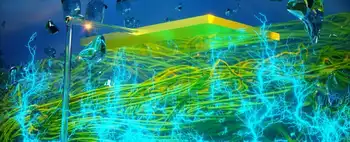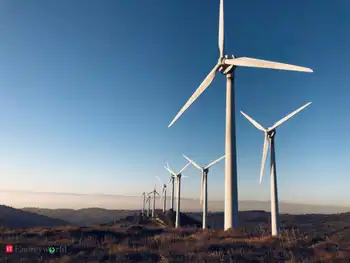Norway to build first miniature seawater power station
The publicly-held energy company aims to begin building the world's first miniature seawater power station next year along the banks of the Oslo fjord.
"Osmotic" power is a clean energy source that according to Statkraft could theoretically supply 1,600 TWh (teraWatt-hours) worldwide, or about half of Europe's current energy consumption. "It is totally CO2-free," Statkraft's new energy business developer Jon Dugstad told AFP.
"The only thing we do is that we mix fresh water and sea water. We don't add anything in that process, which is a completely natural process," he added, pointing out that the power is created anywhere where rivers run into the sea. Osmotic power takes advantage of the different salt concentrations in liquids: When saltwater and freshwater are separated using a filter called a semi-permeable membrane, the water containing the least salt naturally migrates towards the saltwater, creating pressure that can be transformed into energy.
In a small factory in the southern Norwegian town of Hurum, Statkraft is planning to build a miniature osmotic power station capable of pumping out between two and four kWh (kiloWatt-hours), just enough to keep a few light bulbs burning. If the experiment works, the company is considering building a larger-scale station capable of producing between 160 and 170 GWh (gigaWatt-hours), or enough to cover the electricity needs of about 15,000 households.
Osmotic power could become competitive around 2015, according to Statkraft.
Europe, North America, South Africa and certain parts of South America are expected to be the most fertile markets for osmotic power.
Related News

Quebec's electricity ambitions reopen old wounds in Newfoundland and Labrador
OTTAWA - As Quebec prepares to ramp up electricity production to meet its ambitious economic goals, the government is trying to extend a power deal that has caused decades of resentment in Newfoundland and Labrador.
Around 15 per cent of Quebec's electricity comes from the Churchill Falls dam in Labrador, through a deal set to expire in 2041 that is widely seen as unfair. Quebec Premier François Legault not only wants to extend the agreement, he wants another dam on the Churchill River to help make his province what he has called a "world leader for the green economy."
But renewing that…





